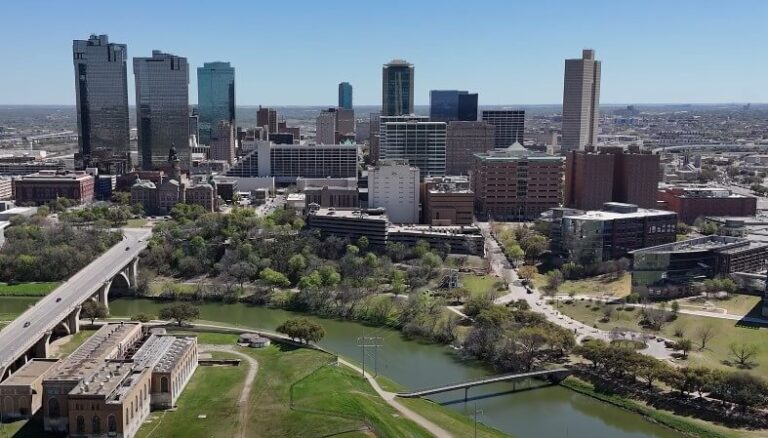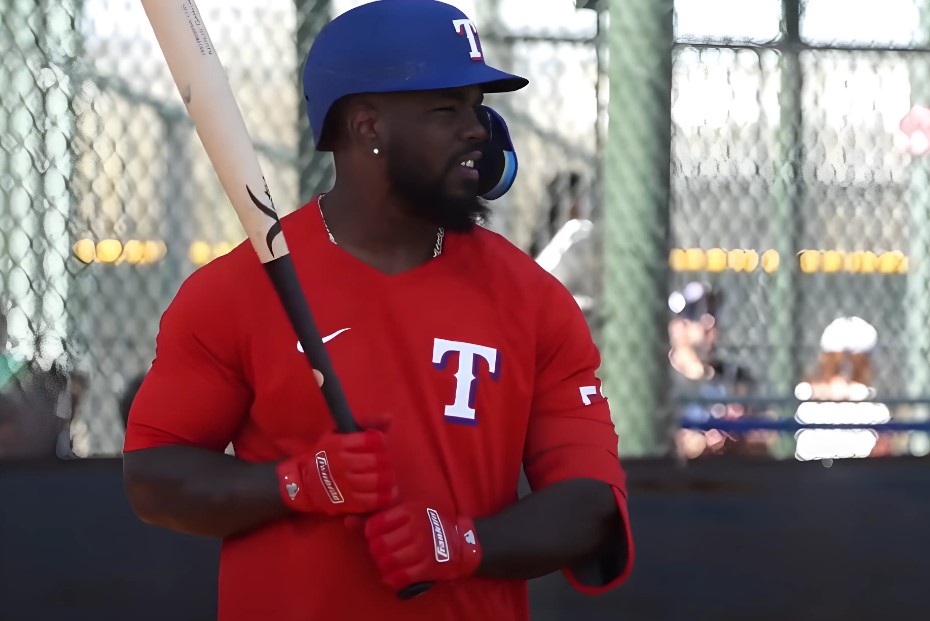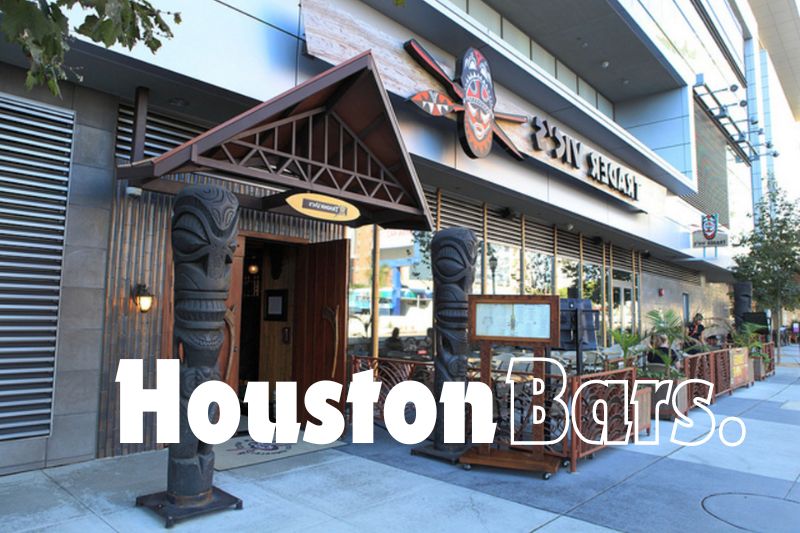If you’re a parent in Austin wondering whether private school is worth it, here’s the bottom line: Private schools in Austin offer smaller class sizes, specialized programs, and strong college preparation, but require serious financial planning, early application, and an honest evaluation of your child’s needs and your family’s values.
Tuition averages around $17,000 per year, with top schools charging $25,000–$32,000. While many parents choose private schools for academics, faith-based education, or advanced extracurricular opportunities, Austin’s public and charter options are also strong, so the decision should match your family’s educational goals, budget, and your child’s learning style.
Table of Contents
ToggleWhy Families Consider Private Schools in Austin
Smaller Classes, More Attention
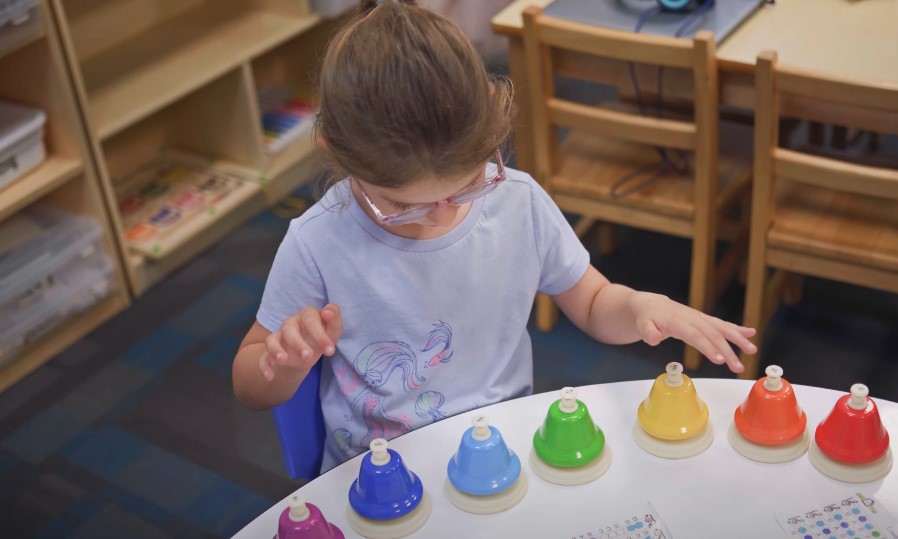
Many private schools in Austin maintain 6:1 to 10:1 student-teacher ratios, compared to public averages of 14:1 to 18:1. This translates to:
- More personalized instruction
- Early identification of learning issues
- Closer student-teacher relationships
- More participation in discussions and projects
Specialized Curricula
Austin’s private schools offer:
- Montessori programs (Austin Montessori, Parkside Community School)
- Classical Christian education (Regents School, Hill Country Christian)
- International Baccalaureate (Magellan International)
- STEM-focused options (Alpha, Acton Academy)
- Arts-integrated programs (St. Andrew’s, Griffin School)
These can help nurture specific talents or align with your family’s educational philosophy.
Values-Based Education
Faith-based schools remain popular, including:
- Michael’s Catholic Academy
- Stephen’s Episcopal
- Austin Peace Academy (Islamic)
- Hill Country Christian School
These schools integrate daily practices, religious studies, and service components that align with family values.
College Preparation and Outcomes
Private schools often report above-average SAT/ACT scores and robust college counseling, with seniors receiving offers from top universities. For example:
| School | Avg. SAT/ACT | College Matriculation |
| St. Andrew’s Episcopal | 1300–1450 SAT | Stanford, UT Austin, Vanderbilt, Rice |
| St. Michael’s Catholic | 1200–1350 SAT | Notre Dame, UT Austin, Texas A&M |
| Regents School of Austin | 1250–1400 SAT | Baylor, SMU, UT Austin |
How Much Do Private Schools in Austin Cost?
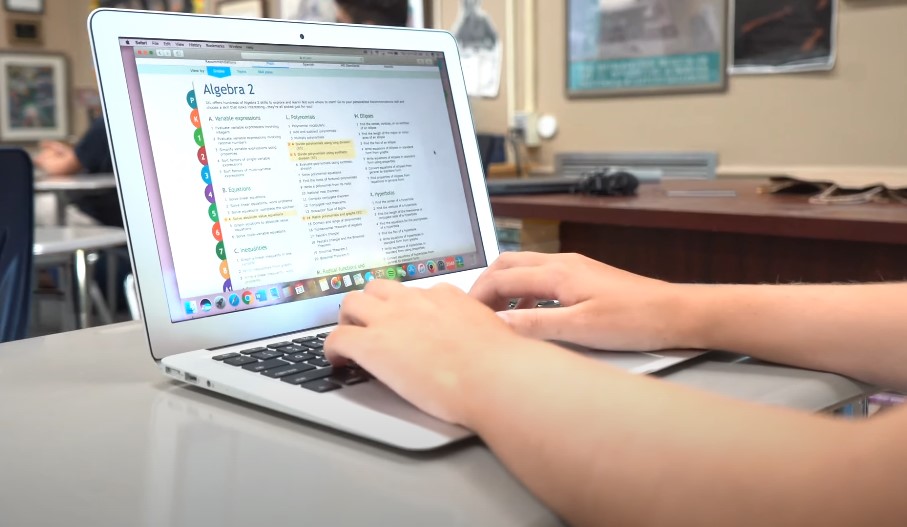
The average tuition is $17,000/year, but top-tier private schools in Austin range from $20,000 to $32,000 annually for high school, with additional costs for uniforms, technology fees, trips, and athletics.
Here is a practical cost table:
| School | Grade Range | Annual Tuition (2025) |
| Austin Montessori | Pre K–9 | $14,000–$18,000 |
| St. Andrew’s Episcopal | K–12 | $26,000–$32,000 |
| Regents School of Austin | K–12 | $17,000–$22,000 |
| St. Michael’s Catholic | 9–12 | $19,000–$24,000 |
| Hill Country Christian | Pre K–12 | $12,000–$19,000 |
| Magellan International | Pre K–8 | $14,000–$18,500 |
| Griffin School (high school) | 9–12 | $19,000–$22,500 |
Additional fees to budget:
- Registration: $150–$500 per child
- Technology & book fees: $500–$1,500
- Uniforms: $200–$600 per year
- Activity/athletic fees: Varies, $100–$1,000+
- Lunch programs: $1,000–$1,800 (optional)
Enrollment Timelines and What Parents Should Expect
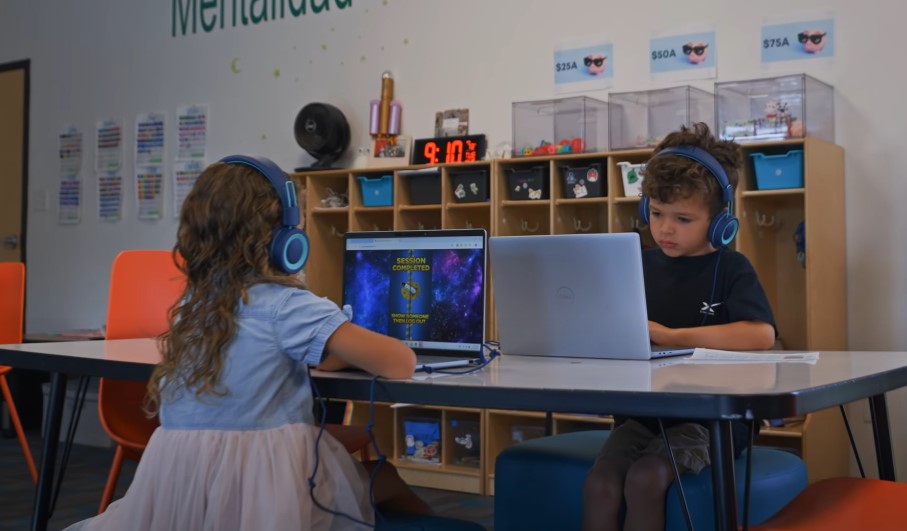
Choosing a private school in Austin is not a last-minute decision. Admissions follow a structured annual cycle, and parents should prepare at least a year in advance to ensure a smooth application process. Missing early preparation often means missing a seat.
Here is a clear timeline:
| Month | What Happens |
| Sep–Nov (Fall) | Open houses, campus tours, parent info sessions |
| Dec–Jan | Application deadlines, document collection |
| Feb–March | Student assessments, shadow days |
| March–April | Admission decisions released |
| May–June | Enrollment contracts signed, deposits due |
Key actions during each phase:
- Fall: Attend open houses, tour campuses, meet teachers and administrators. Take your child if possible to observe fit.
- Winter: Complete applications, gather report cards, teacher recommendations, and medical records.
- Early Spring: Your child may attend shadow days, sit for entrance exams or readiness assessments, and participate in interviews.
- Spring: Review admissions decisions, discuss with your family, and plan finances for deposits.
- Early Summer: Submit contracts and finalize enrollment, preparing for uniforms and supply purchases.
Admission Requirements: What Schools Expect
Top private schools in Austin have rigorous admission processes designed to evaluate academic readiness, family fit, and alignment with the school’s mission.
Expect to provide or complete:
- Application form (online or paper)
- School records & report cards (1–3 years)
- Teacher recommendations (typically 1–2)
- Student assessments (standardized tests, readiness evaluations)
- Family interview (often with the head of school)
- Shadow visit day (for grades 5–12)
Why this matters: Competitive schools (St. Andrew’s, Regents, St. Michael’s) have limited seats, and early, well-prepared applications increase the chances of acceptance.
Tip: If you need a temporary place in Austin while transitioning for school visits or your child needs student-friendly accommodation during activities, check www.spareroom.com for flexible, affordable room rentals. It’s a practical solution if you need to extend your stay or be near campuses while you navigate tours and interviews without rushing back and forth
Curriculum and Approach: What Makes Austin Private Schools Unique
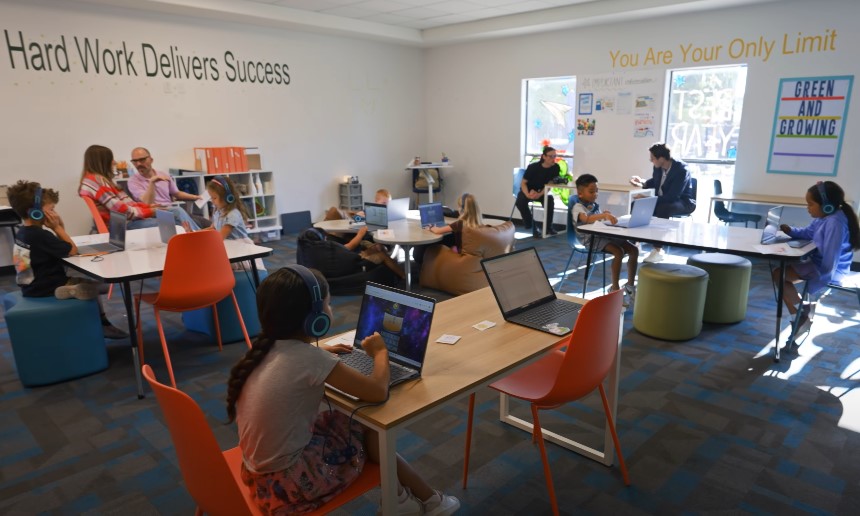
Austin’s private schools offer a wide range of educational philosophies to suit diverse learning styles, faith backgrounds, and family goals.
Academic Approaches Available
| Approach | Description | Examples in Austin |
| Montessori | Child-led, hands-on materials, multi-age classrooms | Austin Montessori, Parkside Community |
| Classical Education | Grammar, logic, rhetoric, Latin/Greek, Socratic discussion | Regents School, Hill Country Christian |
| IB Program | Global perspective, inquiry-based, rigorous assessments | Magellan International School |
| STEM/Project-Based | Coding, entrepreneurship, robotics, real-world projects | Acton Academy, Alpha School |
Montessori: Nurturing Independence
Montessori schools emphasize independent learning using tactile materials in multi-age classrooms. Students learn at their own pace while building confidence and practical skills. Austin Montessori and Parkside Community are noted for authentic AMI/AMS methods and highly trained guides, making them ideal for families valuing creativity and independence.
Classical Education: A Structured Foundation
Classical schools divide learning into grammar, logic, and rhetoric stages, using Latin, logic, and structured discussion to build critical thinking. Regents School and Hill Country Christian follow this model, focusing on academic rigor while integrating Christian values.
IB Program: Global Mindedness
The International Baccalaureate encourages critical thinking with a global outlook, cross-disciplinary learning, and community engagement. Magellan International offers IB programs in a bilingual Spanish/English environment, ideal for families valuing international education.
STEM/Project-Based Learning: Real-World Readiness
STEM-focused schools like Acton Academy and Alpha School emphasize entrepreneurship, coding, and problem-solving, fostering future-ready skills in collaborative environments.
Extracurricular Activities: Building Well-Rounded Students
Austin’s private schools offer a rich extracurricular ecosystem to complement academics:
- Robotics, debate, Model UN, coding clubs for intellectual engagement
- Arts programs including orchestra, choir, drama, and visual arts
- Athletics such as soccer, swimming, basketball, cross-country
- Community service, mission trips, and volunteering opportunities
For example, St. Andrew’s Episcopal School offers 50+ clubs, including outdoor leadership, coding, and social justice initiatives. Regents School is competitive in TAPPS sports, while Griffin School provides advanced creative writing and digital arts programs.
Top Private Schools in Austin: Profiles
Here are detailed, practical profiles of leading private schools in Austin to aid your comparison:
St. Andrew’s Episcopal School
| Feature | Details |
| Grades | K–12 |
| Enrollment | ~990 students |
| Student-teacher ratio | 6:1 |
| Tuition | $26,000–$32,000 |
| Highlights | College prep, arts, athletics, global study, faith-based values |
St. Andrew’s is renowned for its college preparatory curriculum paired with IB-like rigor, a vibrant arts program, and strong athletics. The school’s spiritual life and community service opportunities foster character and global awareness.
Regents School of Austin
| Feature | Details |
| Grades | K–12 |
| Enrollment | ~1,000 students |
| Student-teacher ratio | 9:1 |
| Tuition | $17,000–$22,000 |
| Highlights | Classical Christian, AP courses, athletics, strong community |
Regents offers Classical Christian education grounded in rigorous academics, faith-based learning, and competitive athletics, making it a strong choice for families seeking structured academics with spiritual growth.
Austin Montessori School
| Feature | Details |
| Grades | Pre K–9 |
| Enrollment | ~400 students |
| Student-teacher ratio | 10:1 |
| Tuition | $14,000–$18,000 |
| Highlights | Authentic Montessori, outdoor education, independence |
Austin Montessori offers authentic Montessori education with highly trained guides and outdoor learning environments, fostering independence, curiosity, and practical life skills.
St. Michael’s Catholic Academy
| Feature | Details |
| Grades | 9–12 |
| Enrollment | ~400 students |
| Student-teacher ratio | 10:1 |
| Tuition | $19,000–$24,000 |
| Highlights | Catholic faith, AP courses, athletics, arts |
St. Michael’s integrates Catholic values with college prep, offering a broad AP curriculum and vibrant extracurricular activities within a supportive community.
Hill Country Christian School
View this post on Instagram
A post shared by HillCountryChristianSchool (@hillcountrychristianschool)
| Feature | Details |
| Grades | Pre K–12 |
| Enrollment | ~580 students |
| Student-teacher ratio | 11:1 |
| Tuition | $12,000–$19,000 |
| Highlights | Faith-based, classical education, character building |
Hill Country Christian blends faith-based classical education with an emphasis on character, offering competitive sports and a family-centered environment.
How to Evaluate Which School Fits Your Family
Choosing the right private school in Austin involves honest reflection, detailed research, and first-hand observation.
Reflect on Your Priorities:
Ask yourself:
- Is faith-based education essential to us?
- Does my child thrive with structure or flexibility?
- How important are arts, sports, and extracurriculars for us?
- What is our realistic budget (including hidden fees)?
- What type of community do we want to be part of?
Visit and Observe:
Seeing the campus in action helps gauge whether the culture fits your family’s expectations:
- Attend open houses and campus tours.
- Schedule shadow days for your child.
- Speak with current parents about academics, teacher accessibility, and the parent community.
- Observe student-teacher interactions and classroom engagement.
Review Academic Offerings:
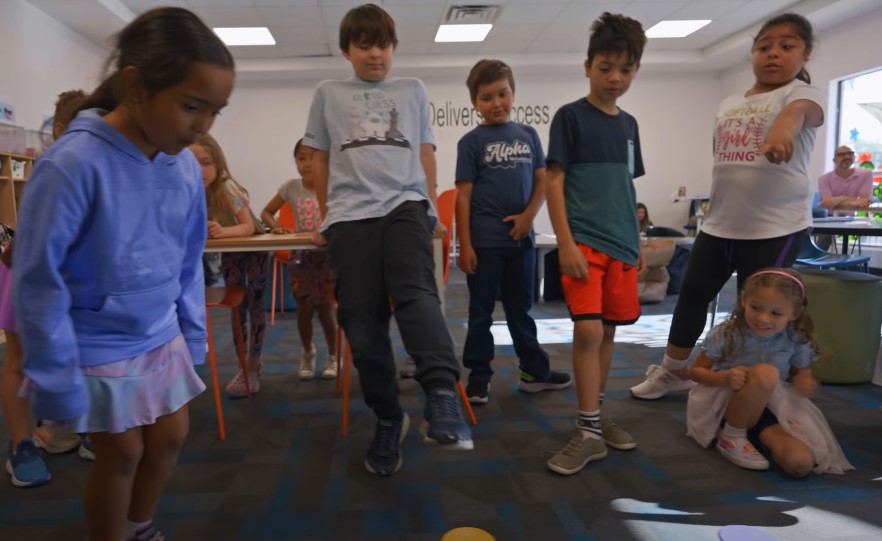
- Check AP or IB availability.
- Investigate college counseling and placement outcomes.
- Ask about learning support for advanced learners or those needing additional assistance.
- Explore special programs like arts, STEM initiatives, and language offerings.
Evaluate School Culture:
- How does the school handle discipline and conflict?
- What diversity and inclusion policies are in place?
- Are students engaged, respectful, and happy during your visit?
- Does the administration communicate transparently?







